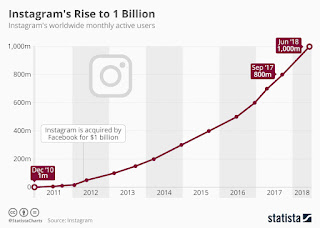In 1974, the Spiral of Silence Theory was developed by Germal political scientist Elisabeth Noelle-Nuemenn, in efforts to explain why groups or individuals appear silent, while others express opinions. It was concluded that this is a result of feeling oppressed in a scenario where ones' opinions in the minority opinion. However, when a group or individual is aware that their opinions are most popular, they are more likely to feel comfortable vocalizing them. Thus, I see this "spiral" as more of a cycle of developed oppression.
This could be considered a good thing, on a large scale. Since primary school, we have all learned that there are strength in numbers. But, maybe that isn't always a good thing. Perhaps an unpopular opinion could be one that would incite violence and by not vocalizing that standpoint, people with extreme opinions are unlikely to congregate or generate power behind potential harmful ideas. However, the concept that this theory entails could be harmful to groups or individuals. Constructive change is made when people come together and take a stance. However, especially in this era, people are critical of others opinions, making some fearful to communicate a perceived change they’d like to see. Here is an easy example to understand this play out in a non-political way: I believe that using hand sanitizer during this time will have long term effects, that outweigh the benefit of using it. I believe that it is safer to wash you hands than to use hand sanitizer so often that it weakens our bodies' natural immune defense. Each time I have expressed this thought, I am inundated with dispute in every form. So, now I keep my mouth shut. However, what I have to say could be true and of value, but it is unpopular and thus shoved under the rug.
Now, lets relate this theory to the minority populations around the world. Lack in numbers of those impacted by any given scenario, means minority opinions and lack of representation result in grand decisions being made in favor of the majority. Our of fear of opposition and learned oppression, minorities are less likely than the masses to vocalize opinions.




